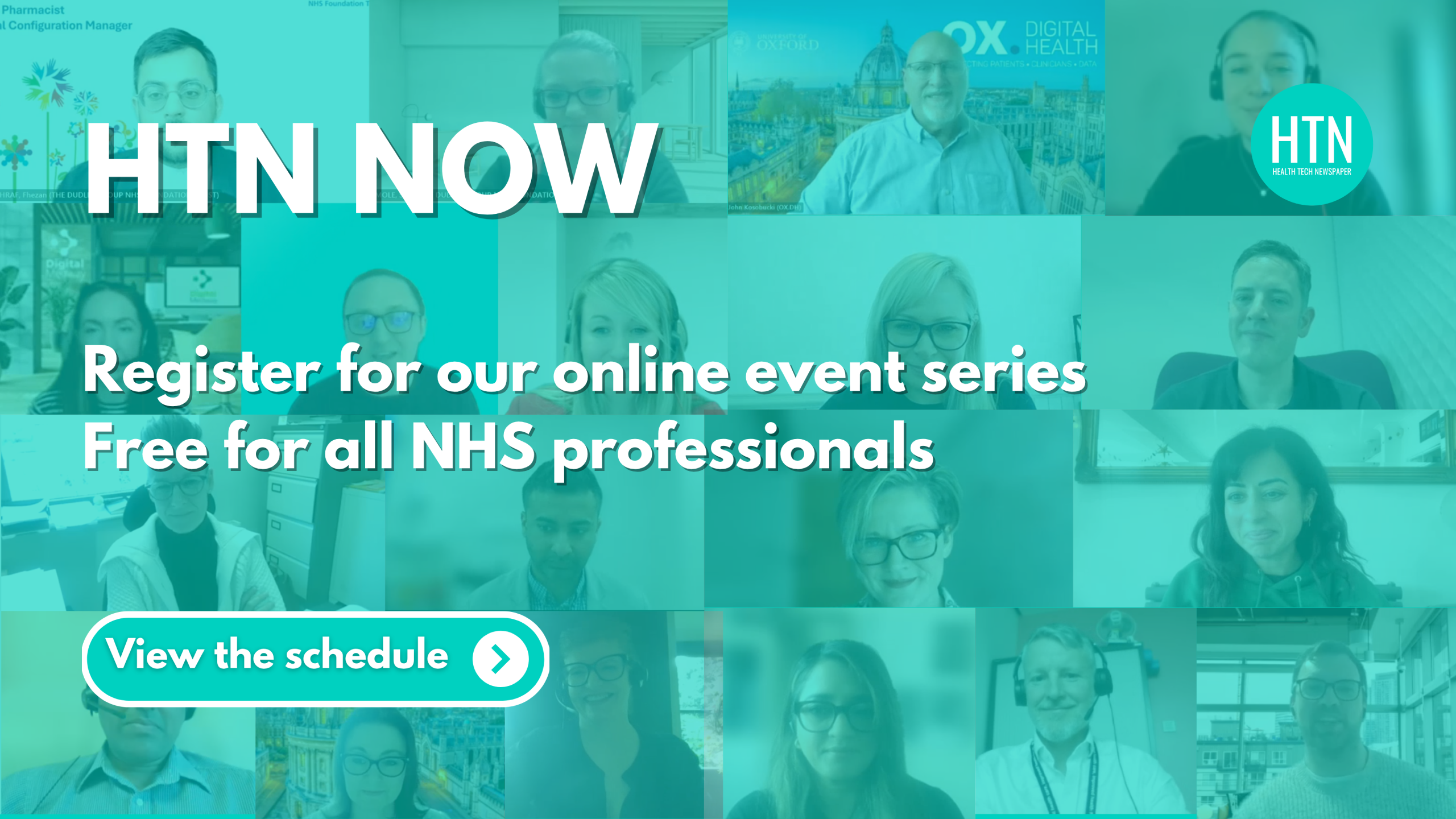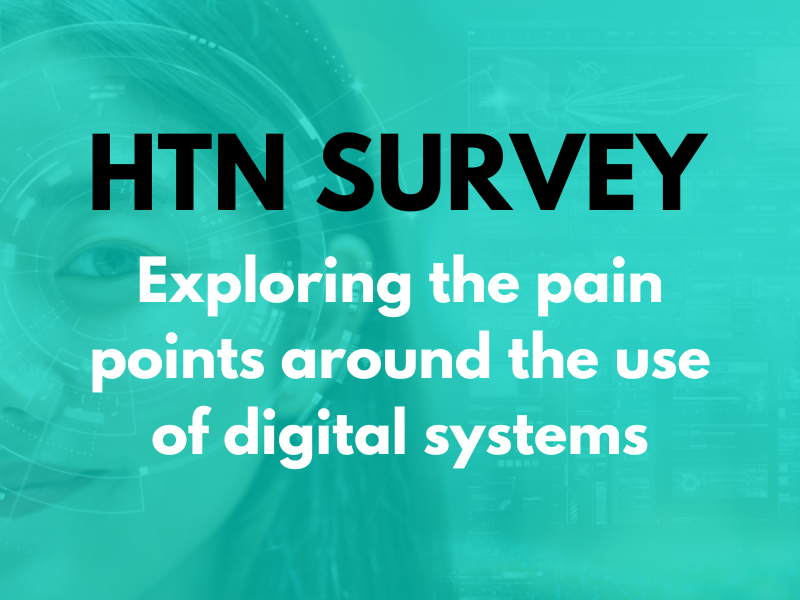Lincolnshire Community and Hospitals NHS Group, made up of United Lincolnshire Teaching Hospitals and Lincolnshire Community Health Services trusts, has published a new digital strategy to 2028, noting the need to go further faster, leverage increased scale, and larger and “more ambitious” research and innovation. It reflects on its best of breed technology approach, noting challenges with integration and duplication, highlighting the intention to reduce the number of systems in use by 50 percent going forward.
The strategy covers plans to address challenges such as increased demand for services, with the group noting: “Each trust within the group has a well-established strategic direction, including digital, with strong foundations in digital delivery. This level of digital maturity allows them to effectively support group-level objectives while leveraging their individual strengths in service provision and innovation. However, rather than pursuing separate digital strategies for each trust, we are now focused on delivering a joint group digital strategy – one digital.”
One of the six main aims is around getting the basics right, strengthening digital foundations, consolidating systems, and providing proactive training and support. Noting frustrations around current fragmented technology and inconsistent training, the group focuses on achieving a network uptime of above 99.9 percent, standardising digital tools and systems, modernising network infrastructure, and removing “friction points” for staff. Here, the group notes that devices will be kept up to date with timely upgrades, asset availability will be optimised using enhanced tracking solutions, and that there will be a “relentless focus” placed on cyber and data security.
The group also commits to reducing complexity and addressing concerns identified from a recent staff survey around re-entering data, delays in accessing vital information, and a lack of integration. By August 2027, the number of different digital systems colleagues are required to use will be reduced by 50 percent, it continues, whilst work will continue on minimising time spent on administrative tasks, automating data entry, and implementing user-focused tech to improve the “delivery and experience of care”. The group states that co-design workshops and feedback sessions will help ensure tools reflect real-world needs, and that systems will be built based on the latest web accessibility standards and national usability priorities. Dedicated teams will be established to make prioritisation decisions and to take responsibility for the continuous improvement and optimisation of systems.
Reflecting on the current position, the group states: “We have observed that the focus on procuring the best of breed technology has propagated system islands and areas of duplication. Whilst certain specialisms prospered by this approach, it has led to increased complexity, higher costs, a lack of interfacing which in turn prohibits systems talking to one another, features we do not fully use, and different tools doing the same job that cannot be supported or optimised effectively.” Moving forward, it presents a shared decision to ensure every tech investment has a clear pathway to meaningful adoption, choose the right tools and share what works, and join up transformation across both trusts.
New technologies such as AI and automation will be deployed to enhance clinical outcomes and operational efficiency, and the group commits to taking “bold steps” to use emerging tech in redesigning care pathways and transforming care, taking “calculated risks” on digital tools to balance investment in proven systems with emerging technologies. Partnerships will form an important part of this, with the group aiming to integrate tech such as voice recognition and robotic process automation to streamline workflows, improve communication, and advance personalised medicine. An AI Academy is also set to be created to train and empower staff in the use and adoption of new tech.
The group hopes to utilise partnerships with other NHS organisations, academic institutions, and private sector partners, in order to co-develop and scale innovative solutions. An ambient AI solution is already being piloted, and an RPA process has been produced to “mimic a reporter to clear the backlog of legacy events in the ULTH radiology systems”.
A unified programme management office is to be established to oversee the implementation of these shared priorities, the group highlights. It moves on to share a roadmap to 2028, with focuses for 2025/26 being around upgrading WiFi, implementing Windows 11, enabling cross-site working, pursuing system consolidation, testing generative AI, establishing RPA, and conducting an application review. Into 2026/27 and onward, the group plans to improve its service desk, decommissioning applications, optimising and scaling up virtual wards, increasing use of RPA, and become paper-free.
Wider trend: the role of emerging tech in health system transformation
We were joined for a recent HTN Now panel discussion focusing on the move from reactive to proactive care by experts from across the sector, including Dan Bunstone, clinical director at Warrington ICB; Patrick Denston, PCN digital transformation and change manager at Frimley ICB; Pete Thomas, CCIO and executive director of digital development at Moorfields Eye Hospital; and Joseph Waller, director at Aire Logic. The session looked at how NHS organisations are beginning to make the transition to proactive care, the kinds of data and digital tools required to make the change, and the impacts beginning to be seen on patient care, outcomes, and operational pressures.
For another of our HTN Now panel discussions, we were joined by Antonia Frost, CNIO at Sussex Community NHS Foundation Trust; Jen Tomkinson, assistant director of primary and community care development (urgent response and acute deterioration) at NHS England (SW region); and Roisin Reade, product manager at Civica, to discuss innovation in community healthcare. The session covered how innovation supports a future model of community care, the role of digital and what needs to be the focus in order to modernise services. We also explored what good looks like, looking at short-term goals and how the recent 10 Year Health Plan will shape the future direction.
Alder Hey Children’s NHS Foundation Trust has published an AI Strategy, outlining current and future AI work along with plans for benefits realisation, implementation, AI workforce development, infrastructure and data architecture. Driving the transformation are four key themes: enhancing children and young people centred care; empowering colleagues and freeing up time using intelligent automation, AI assistants, and smarter workflows; transforming outcomes for children and young people by delivering precision care through AI-optimised pathways, predictive analytics, and remote monitoring tools; and revolutionising paediatric diagnostics with “cutting edge” innovation.
The Department for Science, Innovation & Technology has announced the launch of the Digital Innovation Fund, a grant designed to support digital inclusion projects and innovative interventions across the UK. The £9.5 million grant will see a share of £7.242 million go to projects within England, with the remaining funds being shared equally between Scotland, Wales and Northern Ireland, in order to achieve their ultimate goal of helping to “shape the Government’s evolving digital inclusion strategy”.







